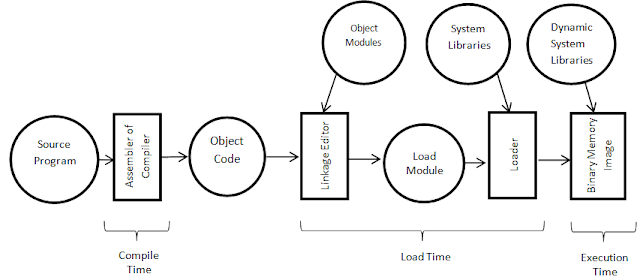Life Cycle of Source Program
The life cycle of a source program defines the program behavior and extends through execution stage, which exhibits the behavior specified in the program.
Every source program goes through a life cycle of several stages.
- Edit time: It is the phase where editing of the program code takes place and is also known as design time. At this stage, the code is in its raw form and may not be in a consistent state.
- Compile time: At the compile time stage, the source code after editing is passed to a translator that translates it into machine code. One such translator is a compiler. This stage checks the program for inconsistencies and errors and produces an executable file.
- Distribution time: It is the stage that sends or distributes the program from the entity creating it to an entity invoking it. Mostly executable files are distributed.
- Installation time: Typically, a program goes through the installation process, which makes it ready for execution within the system. The installation can also optionally generate calls to other stages of a program's life cycle.
- Link time: At this stage, the specific implementation of the interface is linked and associated to the program invoking it. System libraries are linked by using the lookup of the name and the interface of the library needed during compile time or throughout the installation time, or invoked with the start or even during the execution process.
- Load time: This stage actively takes the executable image from its stored repositories and places them into active memory to initiate the execution. Load time activities are influenced by the underlying operating system.
- Run time: This is the final stage of the life cycle in which the programmed behavior of the source program is demonstrated.

